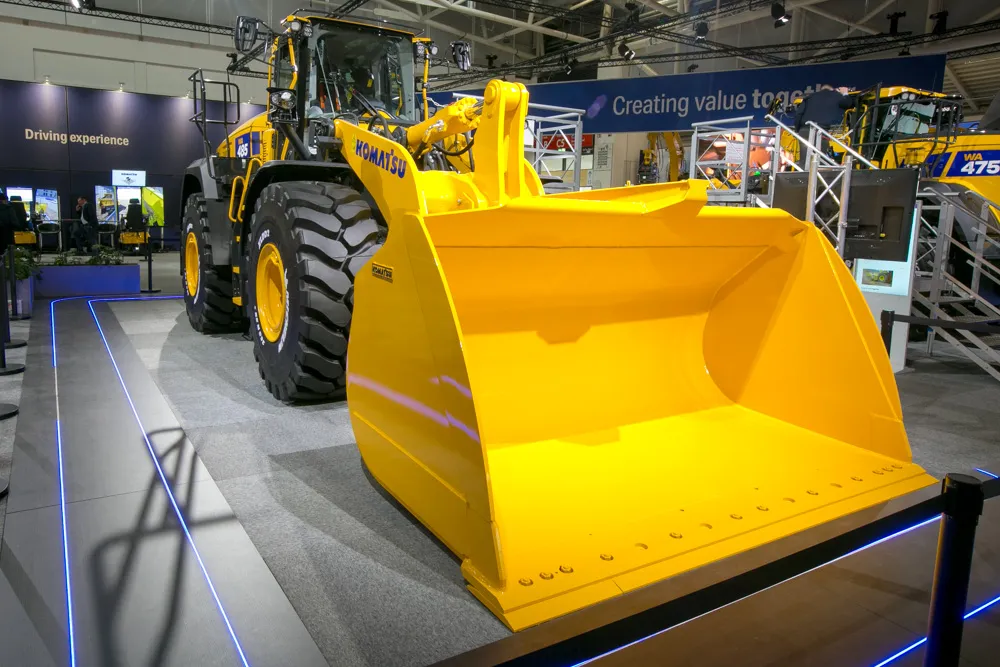DEUTZ says that in the 2.9-7.8 litre range, its diesel engines already meet the forthcoming Stage V mobile machinery emissions standard which is expected to apply to Europe from January 2019.
The Cologne, Germany-based engine manufacturer will make the announcement as its showcases its current product range for exhaust emissions standard IV.
January 6, 2017
Read time: 2 mins

The Cologne, Germany-based engine manufacturer will make the announcement as its showcases its current product range for exhaust emissions standard IV.
The company says that the news about its Stage V engines will give its customers long-term planning certainty, and the relevant engines will be identified at INTERMAT by a special Stage V Ready logo.
The changeover to a new emissions standard always represents a huge challenge for OEMs and engine manufacturers.
“By offering proven technology and flexibility as regards when to implement it, our aim is to provide our customers with the best possible product planning support and to help them upgrade their products to meet Stage V,” says Michael Wellenzohn, a DEUTZ board member with responsibility for sales/service and marketing.
DEUTZ says that on the basis of the EU Commission’s Stage V proposals, published on 25 September, 2014, its diesel particulate filter (DPF)-equipped engines in the 2.9-7.8litre range already meet the limits envisaged for 2019. The definitive regulation is expected at the beginning of 2016.
In anticipation of the fourth emissions standard (EU Stage IV/US EPA Tier 4), introduced in 2014, DEUTZ had already re-designed substantial parts of its engine range from scratch and had implemented the latest exhaust after-treatment technology. In conjunction with a sealed DPF, these engines already conform to Stage V.







